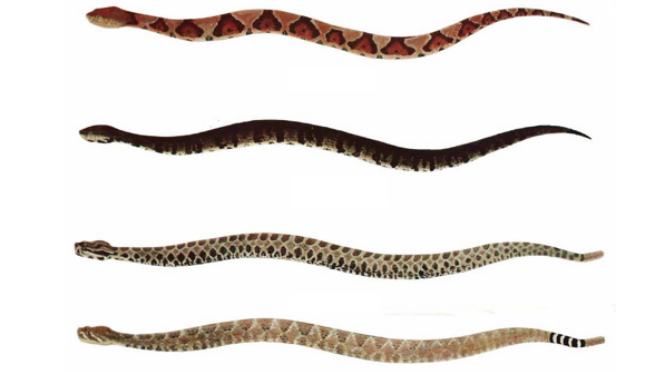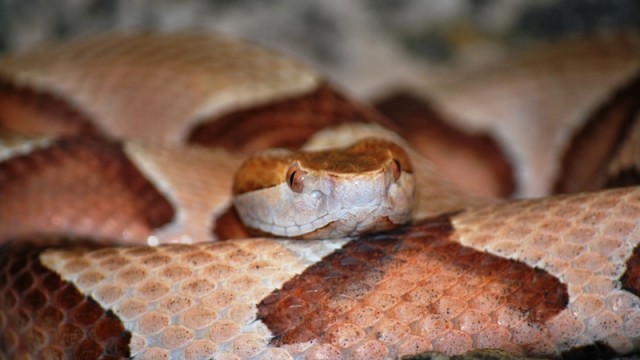It’s true: being able to ID a venomous snake can save lives.
Most snakebites are unwelcome surprises. Not all snakes are venomous, but it pays to learn which ones are deadly and which ones are merely dangerous. While snakes don’t actively hunt humans to bite, some will react aggressively when disturbed.
Snakes can seem to come out of nowhere and if you think a snake won’t bite you, it is still best to be prepared. Especially if you come across in your backyard and you think it’s a bull snake but in reality, it’s a baby rattlesnake. The point is you can never be too careful because sometimes it can be difficult identifying a rattlesnake.
Even if medical help is nearby after a bite, it’s still important to ID the type of snake that made the bite. Proper treatment varies according to species.
Identifying a venomous snake is challenging, but if you learn about a variety of snakes common to your area, it’s easier to identify the ones you may encounter. Study the different head shapes and colors of a variety of snakes and over time you should be able to recognize what type of snake you’re dealing with.
Some snakes tend to stick to wilderness areas only, but more than you may think are common near urban residential areas, too.
Fortunately, most snakes are not venomous, but Murphy’s Law means trouble can find a way to happen. It’s best to be prepared by knowing your snakes, just in case one comes your way.
The first venomous snake on our list is well-camouflaged and pretty common, too:
Copperhead
First on the list of venomous snakes is the copperhead snake, which can be found in the following states: Texas, Oklahoma, Kansas, Missouri, Arkansas, Louisiana, Mississippi, Alabama, Georgia, Florida, South Carolina, North Carolina, Connecticut, Illinois, Tennessee, Kentucky, Virginia, Indiana, Ohio, Maryland, Iowa, Pennsylvania, New Jersey, Delaware, New York, and Massachusetts.
This snake is usually 2-3 feet long and is most abundant in eastern Kansas. They’re found on rocky ledges and many other places during the summer. Even though copperhead snakes are mainly nocturnal, they still have a habit of lying in the open during the day in dried leaves and they can blend in perfectly with the background. Hikers should be alert when walking through dried leaves.
It’s important to take note that copperhead snakes tend to blend in with their surroundings, so it’s wise to careful while walking outside. Their venom is not very toxic, but if an elderly person or younger child were to come across one they could still get seriously hurt.






